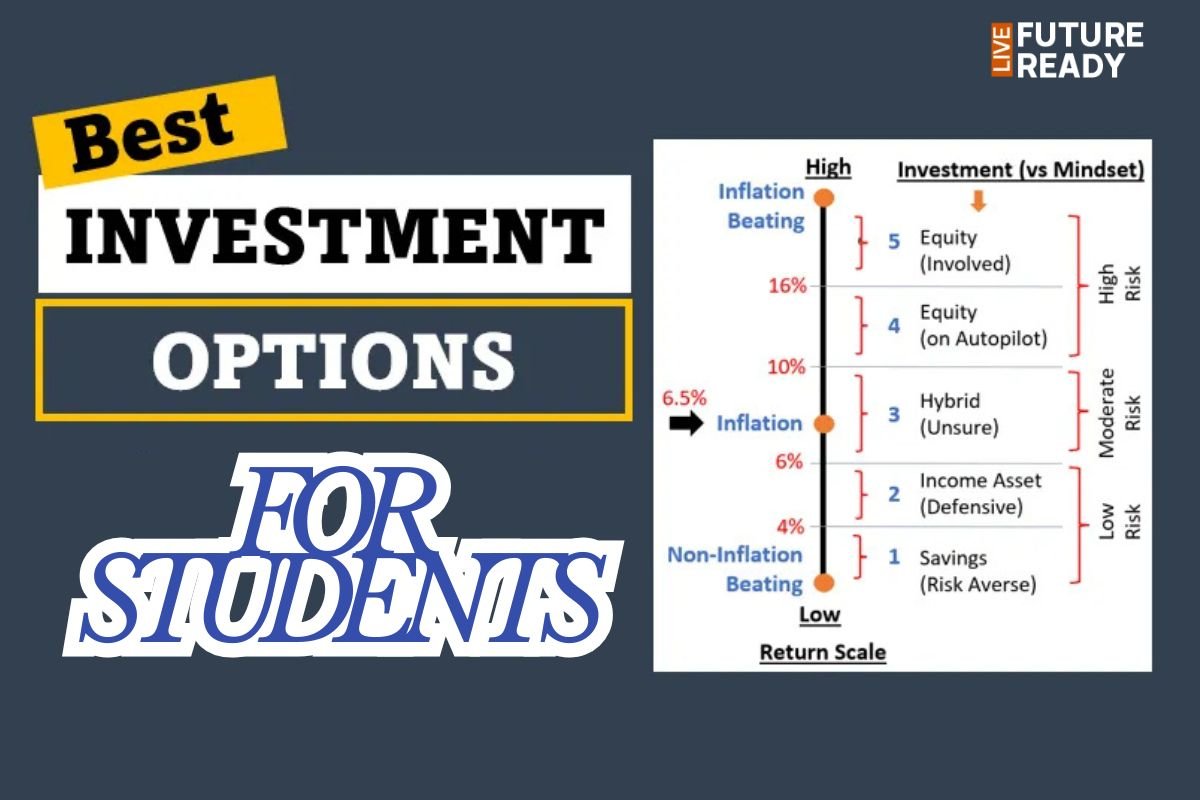Korean dramas, commonly known as K-dramas, have gained immense popularity worldwide in recent years. While primarily viewed for entertainment, these shows offer significant educational value, particularly in the realm of language learning. This article explores how K-dramas can be utilized as an effective tool for language acquisition, focusing on their potential to enhance listening comprehension skills and boost language learning motivation.
Cultural Immersion and Language Exposure
K-dramas provide viewers with authentic exposure to the Korean language in context. This immersion is crucial for language learners, as it allows them to experience the language as it is naturally spoken. The diverse scenarios presented in these dramas showcase various aspects of Korean culture, social norms, and daily life, contributing to a deeper understanding of the language’s cultural context. This aligns with the pop cosmopolitanism concept, where global media consumption leads to increased cultural awareness and linguistic diversity.
Enhancing Listening Comprehension Skills
One of the primary benefits of watching K-dramas for language learning is the improvement of listening comprehension skills. Learners are exposed to different accents, speech patterns, and colloquialisms, which are essential for developing a well-rounded understanding of the language. The visual context provided by the drama scenes aids in comprehension, allowing learners to associate words and phrases with specific situations and emotions. This multi-sensory approach creates interactive learning experiences that can significantly enhance language acquisition.
Vocabulary Acquisition in Context
K-dramas offer an excellent opportunity for vocabulary expansion. Learners encounter new words and phrases in realistic contexts, making it easier to understand their usage and remember them long-term. The repetitive nature of certain expressions in dramas also aids in reinforcing vocabulary. This method of informal language learning can be particularly effective, as it allows learners to absorb new language elements naturally and enjoyably.
Grammar and Sentence Structure
While not explicitly teaching grammar, K-dramas expose learners to various grammatical structures and sentence patterns used in everyday Korean. Over time, viewers can develop an intuitive understanding of these structures, which can be particularly beneficial for those who find traditional grammar lessons challenging. This approach aligns with the principles of soft power pedagogy, where cultural products indirectly influence language learning and cultural understanding.
Motivation and Engagement
Perhaps one of the most significant advantages of using K-dramas in language learning is the boost in motivation they provide. The engaging storylines and relatable characters create a strong incentive for learners to continue watching, thereby increasing their exposure to the language. This sustained engagement is crucial for language learning motivation, as it encourages consistent practice and study. The desire to understand the plot without relying on subtitles can be a powerful motivator for improving language skills.
Practical Application of Language Skills
K-dramas often depict a wide range of social situations, from casual conversations to formal business interactions. This variety allows learners to observe and learn appropriate language use in different contexts. Learners can practice mimicking dialogues, improving their pronunciation and intonation. Some language learners even engage in transcribing or translating scenes as a way to further enhance their skills, creating interactive learning experiences that go beyond passive viewing.
Supplementing Formal Language Education
While K-dramas should not replace structured language learning, they can serve as an excellent supplement to formal education. They provide real-world context to the language concepts taught in classrooms and textbooks. Educators can incorporate K-drama clips into their lessons to illustrate language points or cultural aspects, making the learning process more engaging and relevant.
Challenges and Considerations
It’s important to note that while K-dramas are beneficial for language learning, they should be used judiciously. The language used in dramas may sometimes be exaggerated or not reflective of everyday speech. Learners should be aware of this and complement their drama-watching with other language learning resources. Additionally, reliance on subtitles can hinder language acquisition if not managed properly.
Conclusion
Korean dramas offer a unique and engaging way to enhance language learning, particularly in developing listening comprehension skills and maintaining language learning motivation. By providing authentic language exposure, cultural context, and enjoyable content, K-dramas can be a valuable tool in the language learning process. When used in conjunction with formal study methods, they can significantly contribute to a learner’s journey towards Korean language proficiency. As the global popularity of K-dramas continues to grow, their potential as a resource for informal language learning and cultural education becomes increasingly relevant in our interconnected world.




















